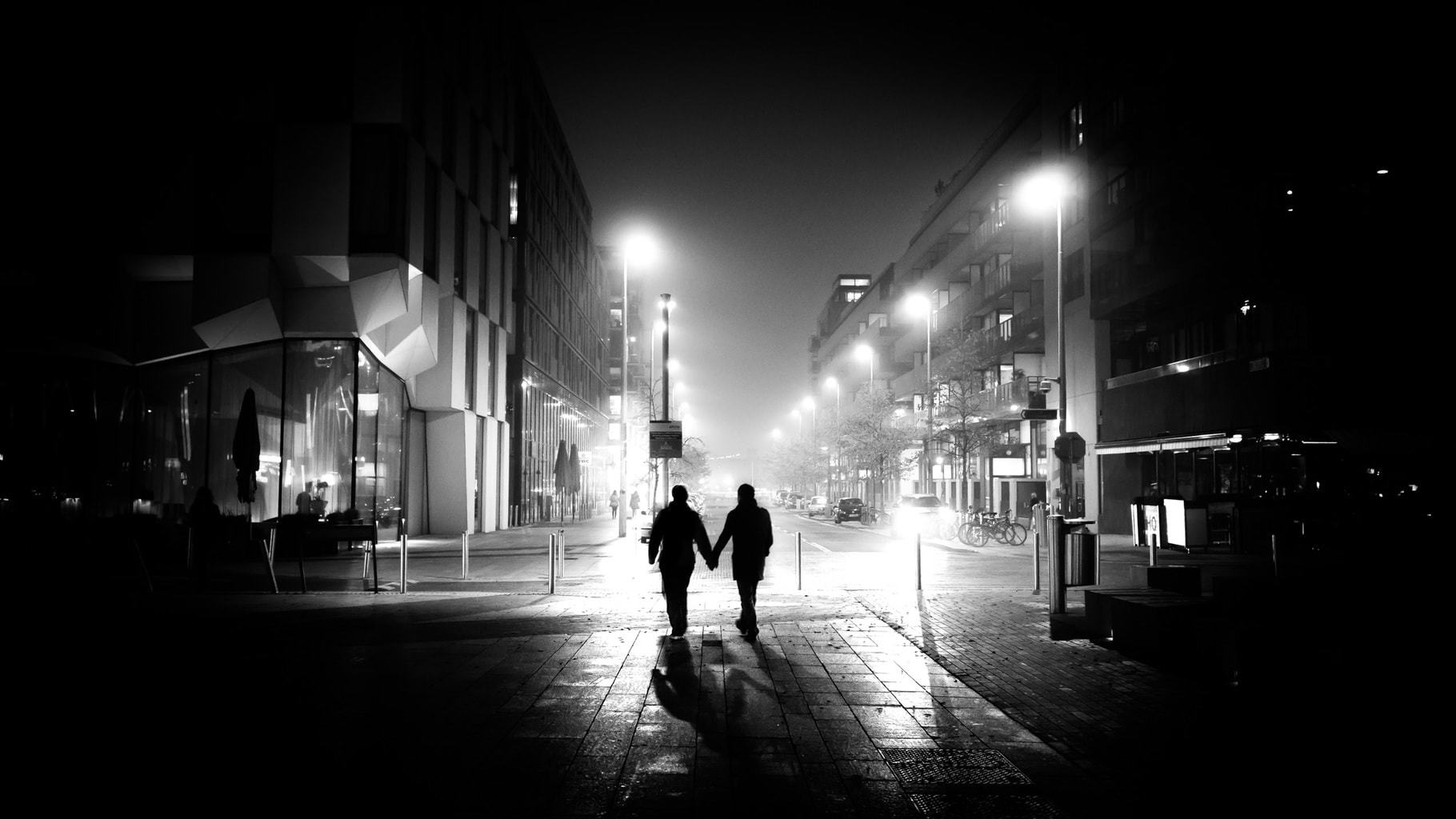If there is a type of photography that deserves a particularly careful composition, it is, without a doubt, black and white photography . Why? Very easy, because color is one more compositional element with much more strength and visual impact than we are often aware of. By stripping the images of color, we lose a lot of compositional strength, which we must gain in other ways. You like black and white, right? Well, let's see, in a simple way, what are these ways that will make our compositions in black and white, a true wonder.
FORGET ABOUT COLOR
We have already commented once, how important it is to learn to visualize images in black and white . However, it is a job that requires a lot of practice, since it is not easy for us to make the necessary abstraction to do it when we are used to seeing the world in color. However, with some practice and some of the following advice, you will see how little by little you begin to anticipate the images, that texture over there, those lines, those suggestive shadows... Remember, in most cases, if the image works perfectly in color, it is difficult for him to do it in black and white because, surely, a large part of his composition is based precisely on color.
That being said, let's see what tips or tricks you can apply to learn how to better compose your black and white photos.
1. WORK THE LINES
By stripping the images of color, the rest of the elements become more relevant; light, texture, shape and composition become more important, if possible, than in color photography.
One of the formal elements that you can best take advantage of to compose in black and white, are the lines . The lines have the ability to guide the viewer's gaze towards the center of interest of the image. They are like arrows that indicate the path to follow in an image, with their respective stops, directions, etc.
Each type of line produces a sensation in us: the horizontal ones we associate with calm and peace, the diagonals are vital and fast, even aggressive, the curves are sinuous and elegant, the vertical ones we associate with strength, rigidity and height.
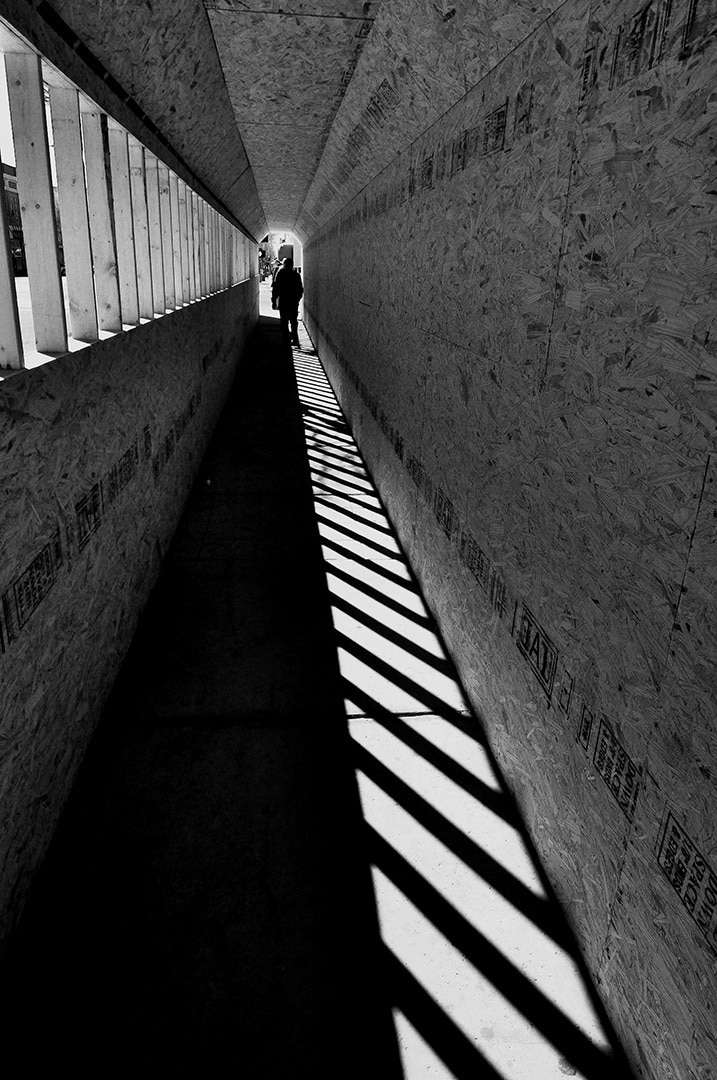
2. PLAY WITH VISUAL RHYTHM
Anything that emphasizes shapes is, in principle, a good candidate for black and white photography. The repetition of patterns in monochrome compositions, being very visual, formal and dynamic, are a good way to add interest to your compositions. To escape monotony, don't forget that you can break the rhythm with some element. In the case of the following example, a rhythmic composition has been used with the horizontal lines of the zebra crossing, but the shadow of two walkers has been used to break that monotony, thus creating a more interesting image.

3. LESS IS MORE
Another aspect to take into account when composing in black and white is that he is very fond of compositions with few elements, which is not the same as simple. That is to say, the compositions must be elaborated, we have already commented that even more than in color images, but they work very well with more formal and less crowded images.

4. ADD A HUMAN ELEMENT
I don't know if you've noticed but, so far, all the images that accompany this article have a human element in their composition, or at least traces of it. Imagine them without that element, you will see how they all lose strength and interest no matter how well the compositions, light, etc. may be well worked. This is because the human element arouses a natural interest in us and, consequently, makes the images that contain it more attractive to us.
5. THE LIGHT
Experimenting with light is essential to begin to get to know it in depth, both in color and in black and white. Black and white, due to its symbolism and formalism, allows exposure and light to be taken to extremes that color tolerates worse. Of course, that does not mean that you can burn the image or underexpose it too much, because at the ends is where the information is lost. And that means the camera will try its best to complete it, unfortunately, with rather poor results. Keep an eye on the histogram of your camera at all times to play within these limits unless you are looking for a specific effect in your image.
If you don't know where to start, here are a couple of suggestions that work very well in monochrome ? :
- backlights
- high key and low key

5. TEXTURES
Another interesting element to play with to compose in black and white is the textures of the elements that appear in the scene. Textures are another way to add interest to the image, they invite us to think about touch and therefore add a new dimension to the image. When the color disappears, they become more relevant and become very photogenic.
You can use wood, rust, stones, wool, anything that contains relief can help you increase the interest of your composition in black and white.
6. PLAY WITH CONTRAST
As with the most extreme lights, contrast (the difference between light and shadow) is a good ally for experimenting with black and white photography. The wider the difference between the highlights and the darks, the fewer shades of gray we will have in the scene and the faster the transition from white to black will be. This is what we call high contrast scenes (with hard lights and shadows).
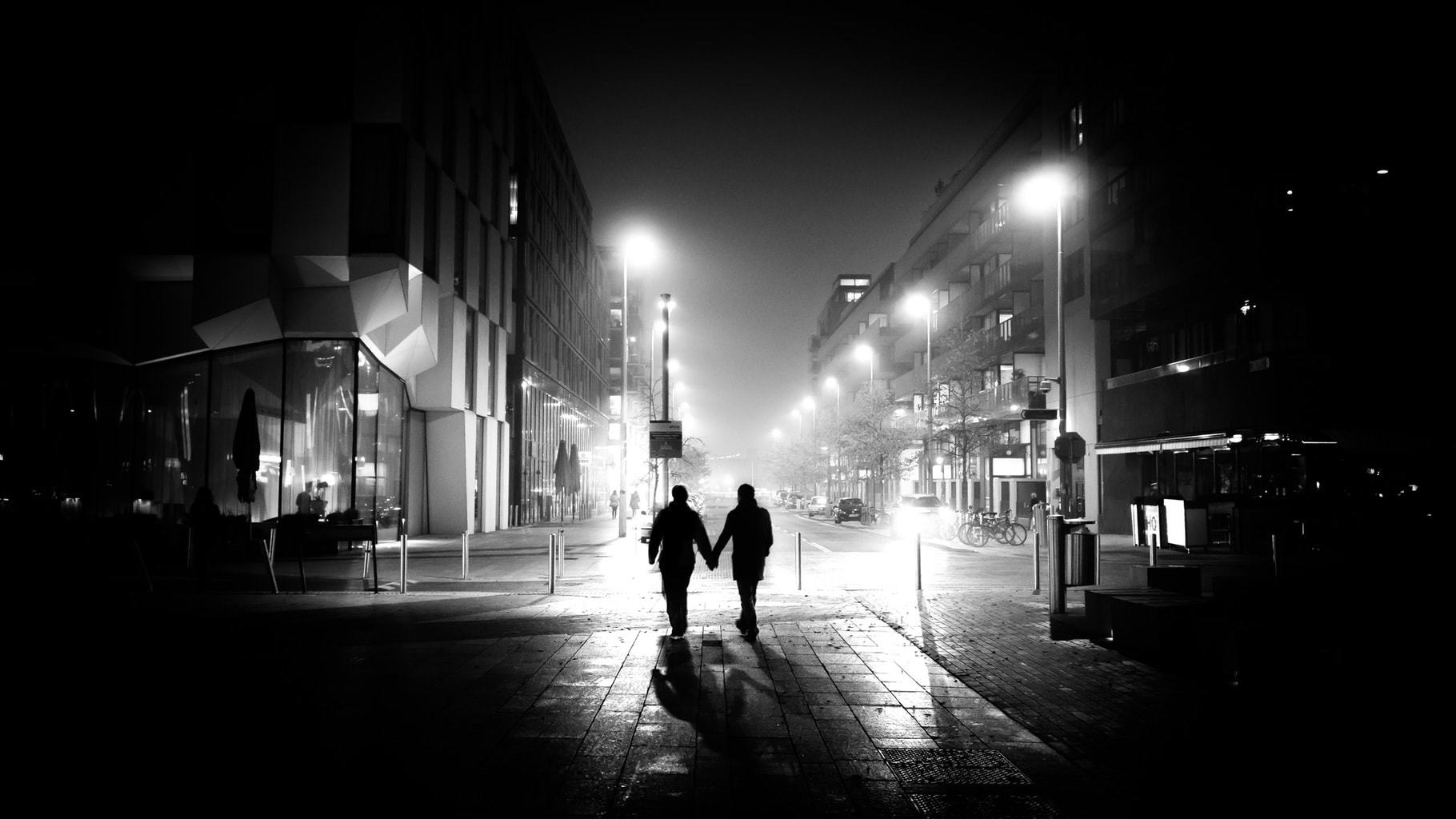
7. SHADOWS
The game of shadows in black and white can create very suggestive compositions. We have already seen that if they are human, they add the interest of a human element in the composition, if they form lines, as in the first image of this article, they can also create very interesting visual games, rhythm, directionality, fugues...
8. FOG
Black and white is a great friend of the suggestive, of the dreamlike, of the symbolic. That is why everything that suggests any of these feelings is going to be a candidate to be the protagonist of your image in monochrome. The fog represents that oneirism and mystery that often accompanies monochrome photographs, so they work very well together.
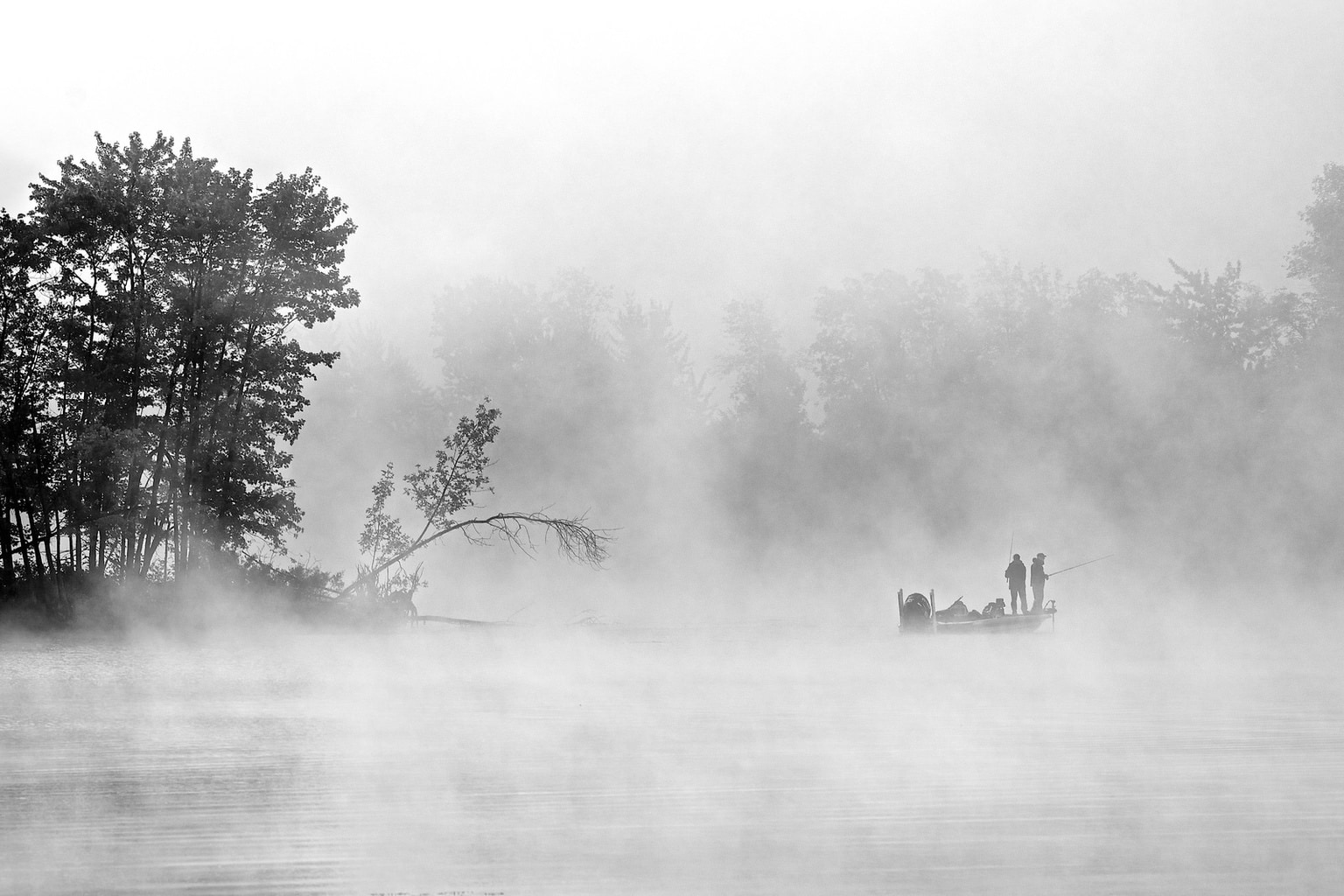
9. NATURAL FRAMES
Putting a good frame to a good composition will always give you good results. There will be those who say that it is a very popular resource, but the truth is that it works. Natural frames define the scene and make it easier for you to highlight the center of interest .
10. CENTER OF INTEREST
It doesn't matter if it's a shadow, your nephew, a shoe, a stone or a landscape. An image (whether it is in color or black and white) must have a center of interest, a justification, a message, a reason why we should stop to look at it. Without a center of interest, our gaze will wander across the frame without capturing our attention, which sadly means that the image is hardly worth the shot.
11. GET CLOSER
As the English say fill the frame , fill the frame, get closer, don't be afraid to move and experiment.
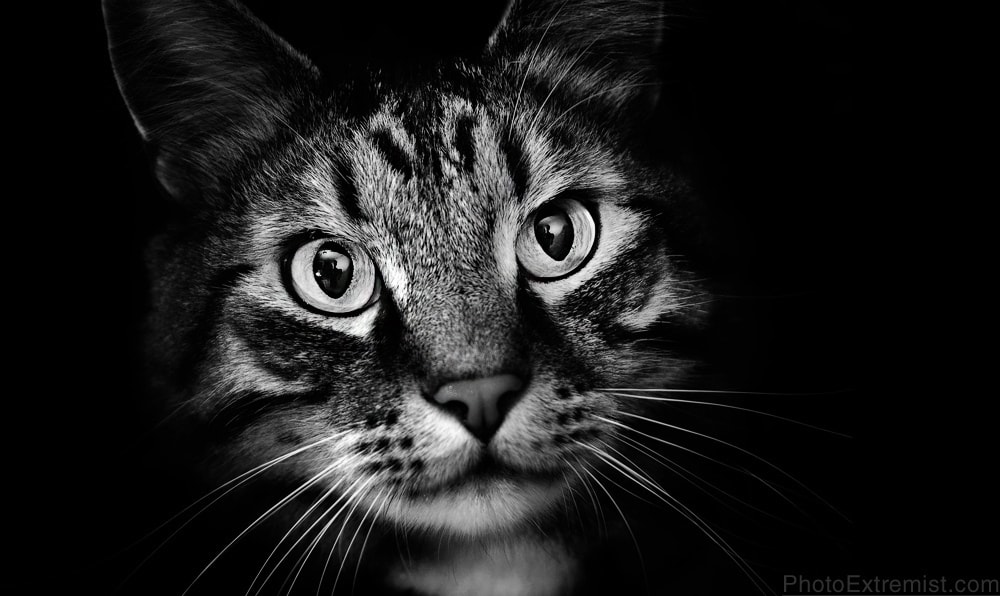
12. RULE OF THIRDS
The rule of thirds says that there are some points in the image where the gaze is directed naturally. That is why it is there where he recommends placing our center of interest in order to emphasize it. These strengths originate from dividing the image both vertically and horizontally into three equal parts by imaginary lines. The place where these lines intersect is where the strong point of the image resides.
It is not necessary that you always use this rule , far from it, but it is true that there are compositions that sometimes require it and it can be very useful on many occasions
13. REFLEXES
Reflections in shop windows, water, lakes, mirrors, etc. add a new formal dimension to your image. You can play with symmetry , with breaking it, with suggesting without showing... Whatever you like.
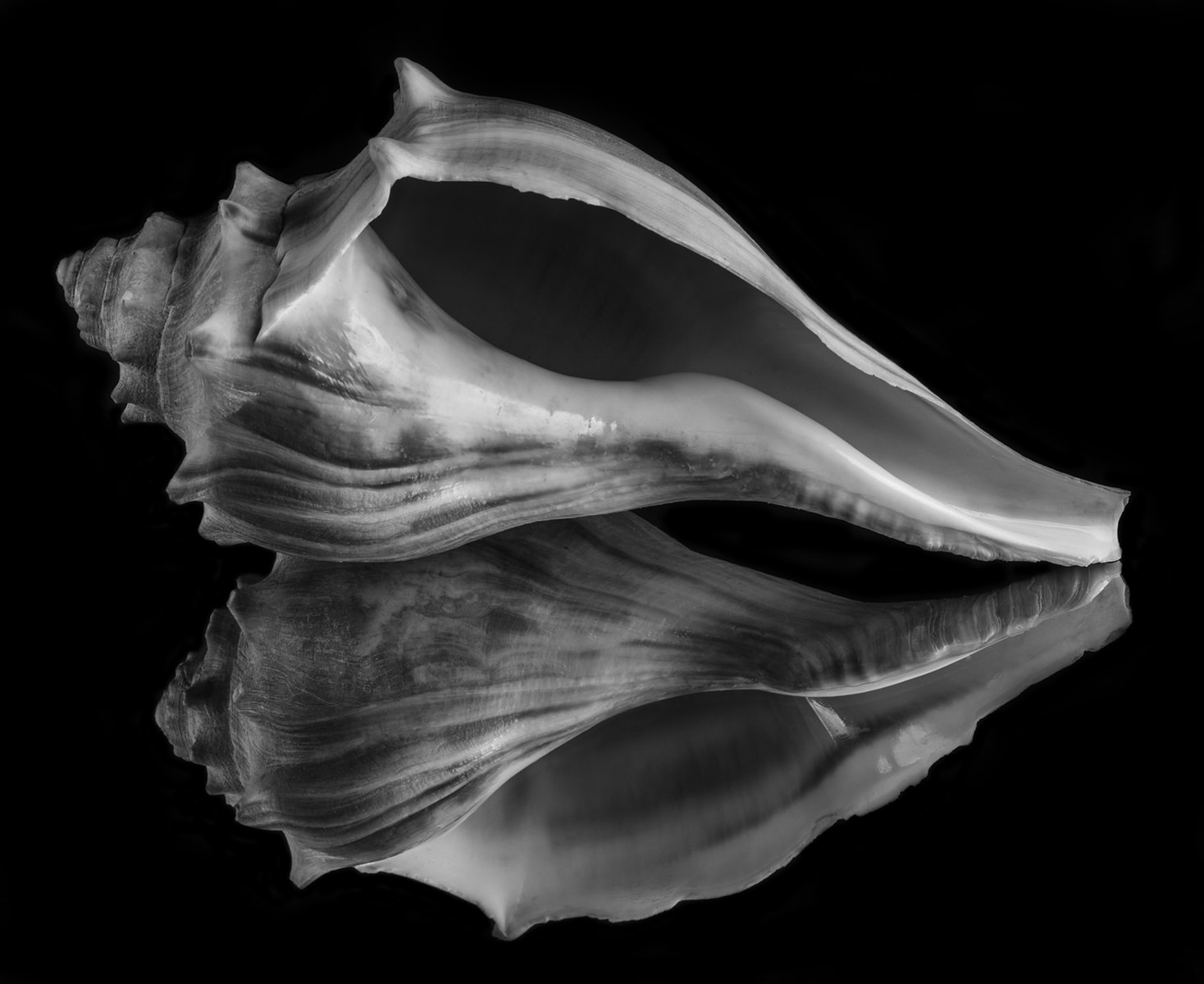
BY LAST…
Practice, practice, practice, one thing at a time, don't wait for the photographs to come to you, they won't, look for them, look for lines, shadows, textures, patterns, imagine them in black and white, try again and again… and then forget of everything. Black and white shoots from the stomach, from the soul, it is pure feeling. So once you've mastered some composition, put your technical head aside and give free rein to your creativity, which is a lot, believe it or not ?

